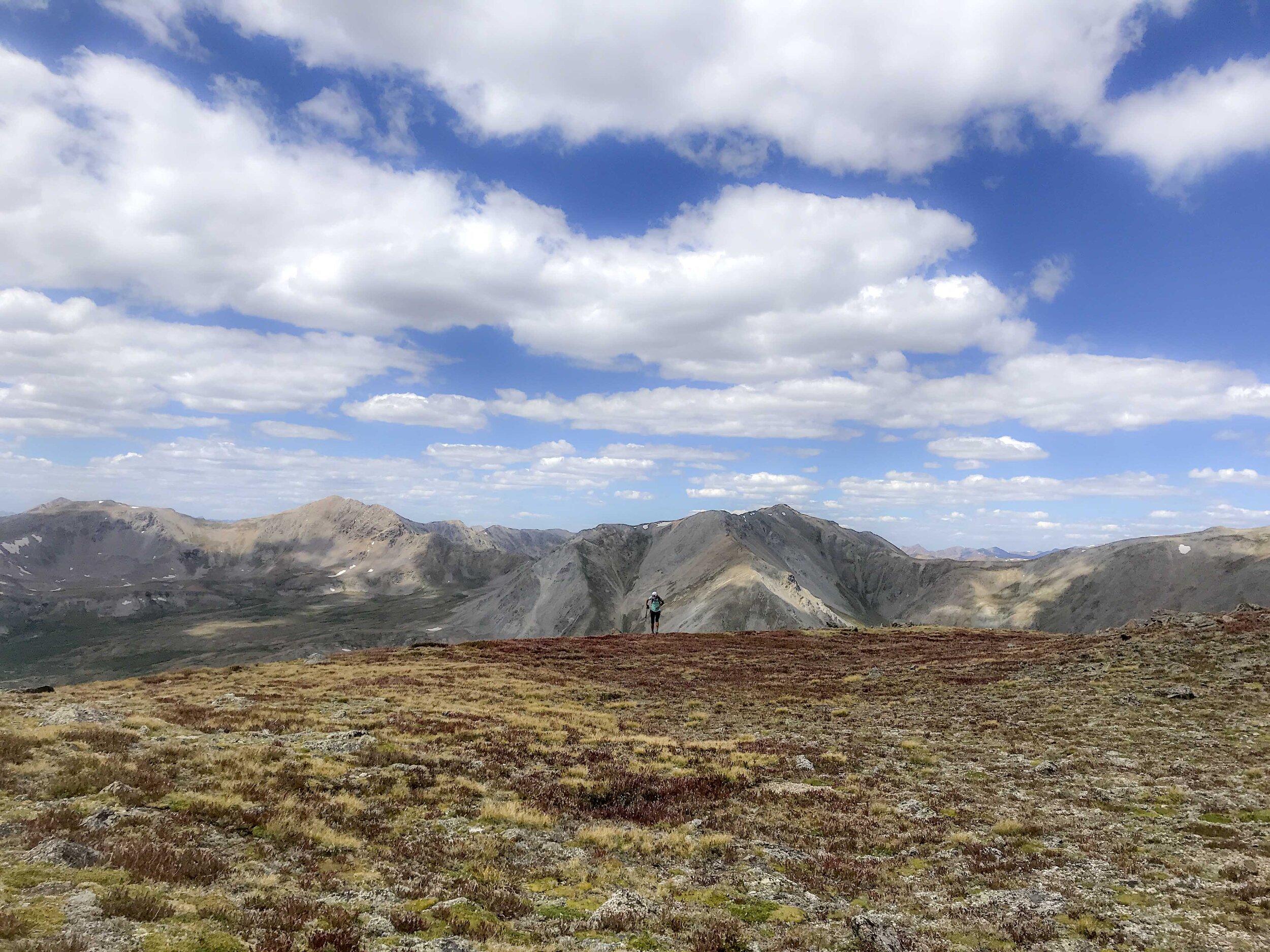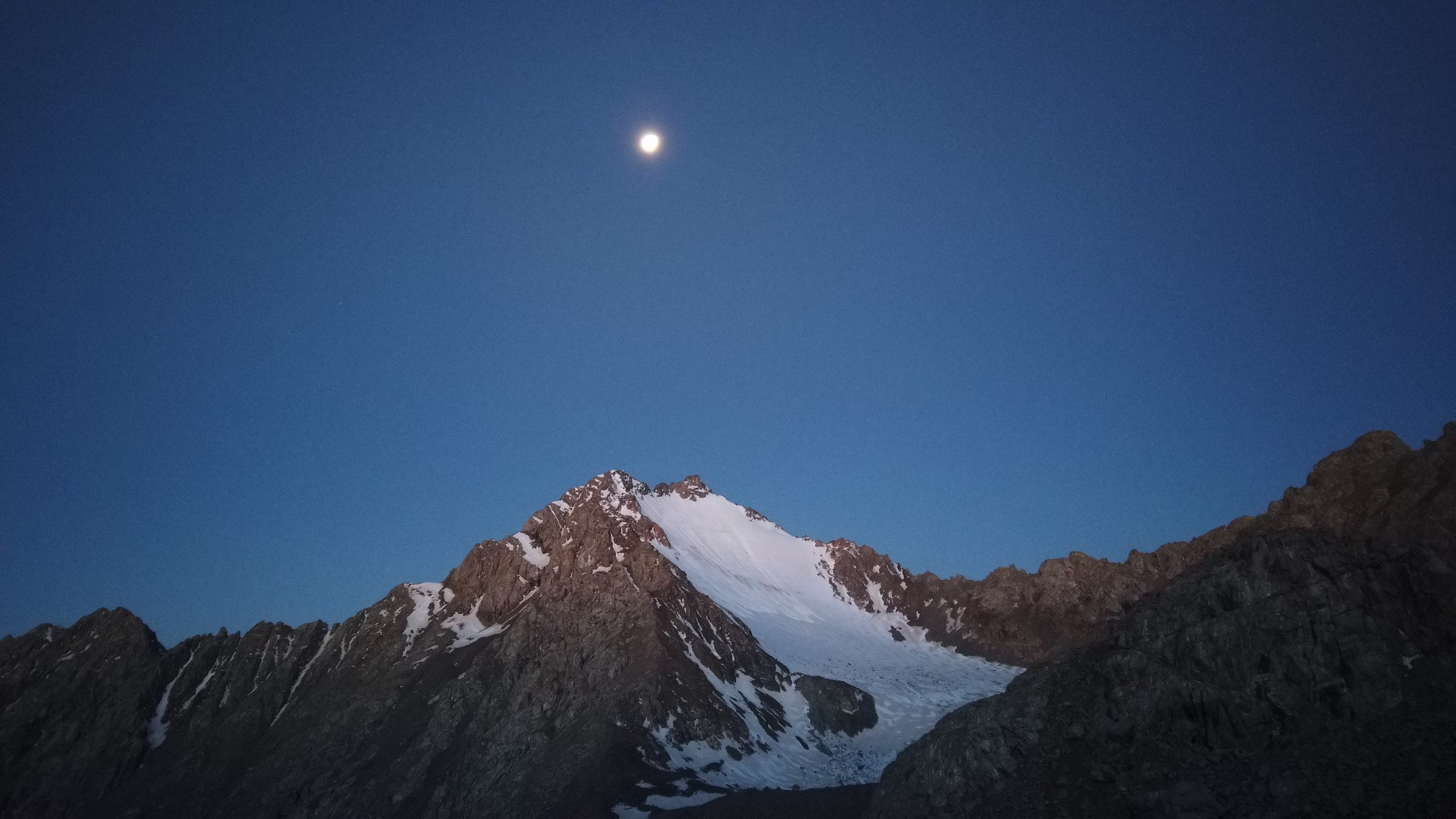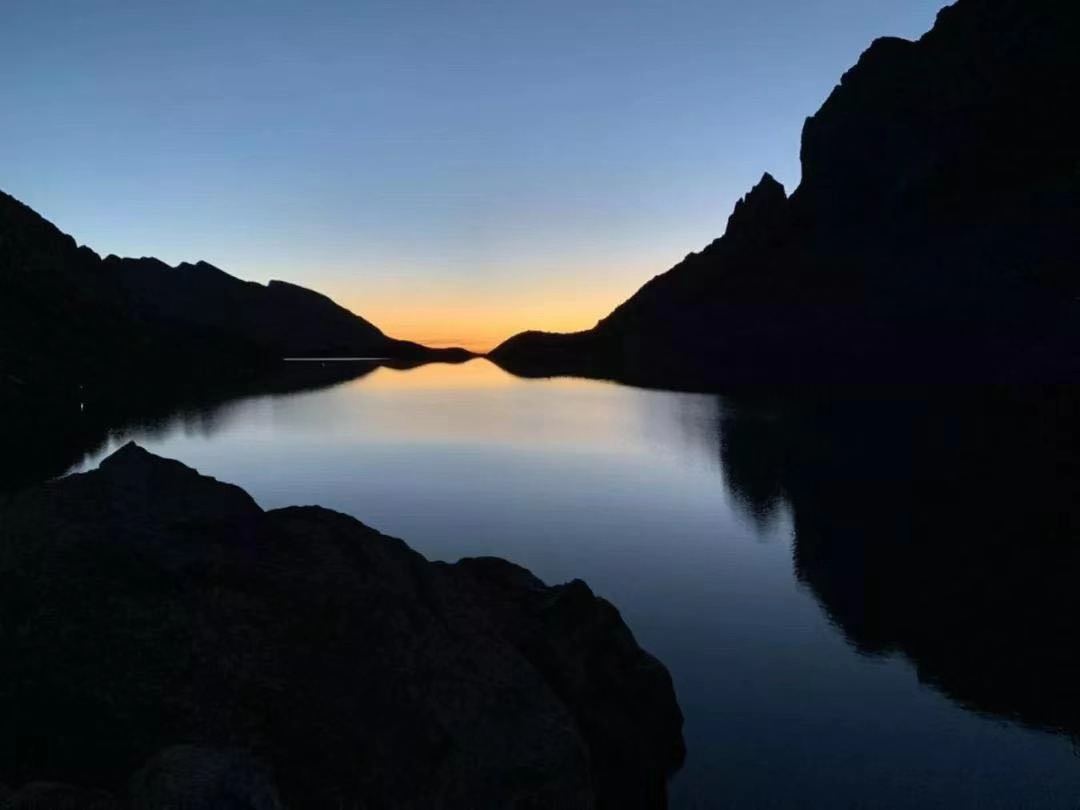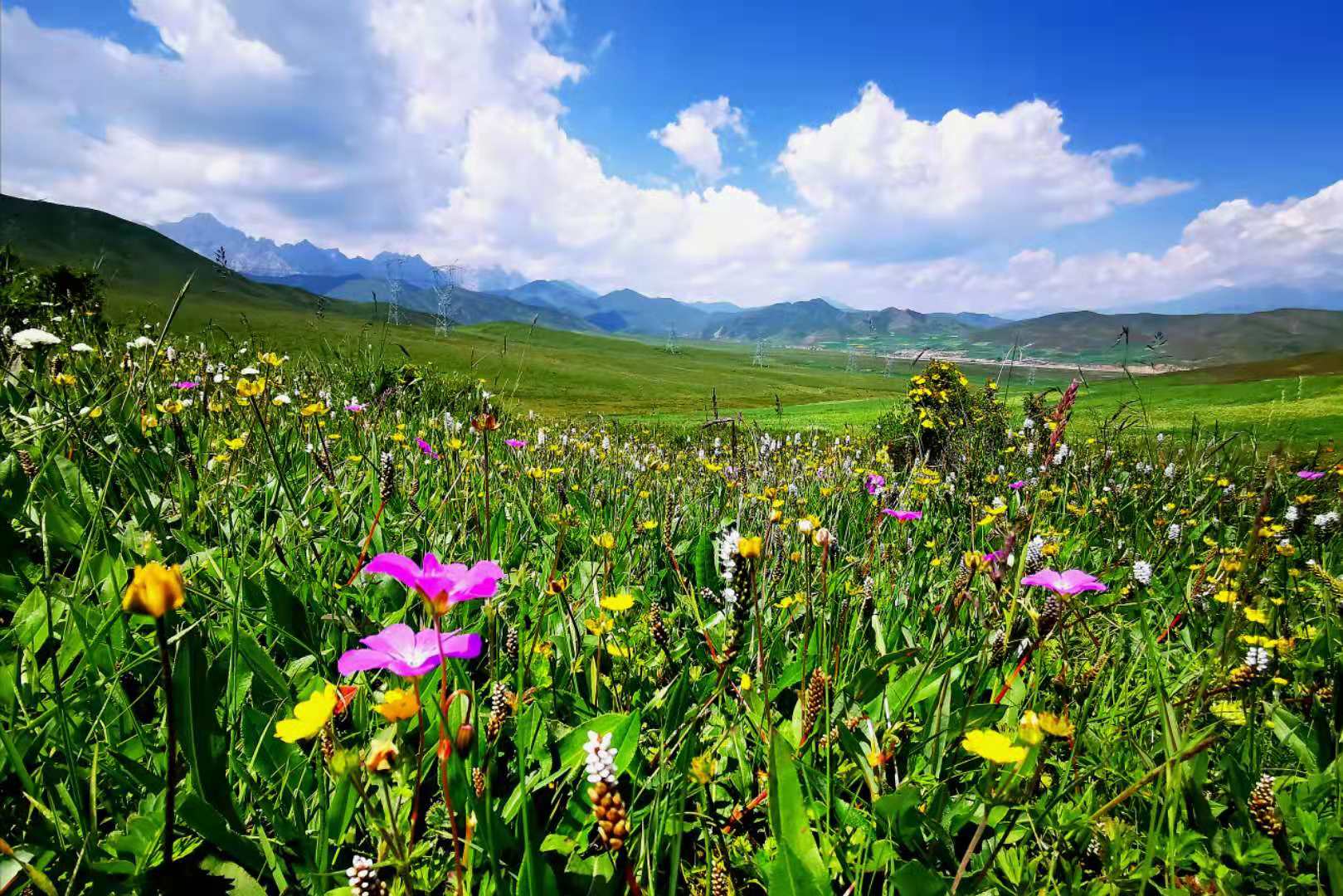Last year, shortly after I set an unsupported speed record on the Pfiffner Traverse, I wrote a piece for TrailRunner Magazine in which I called Nolan’s 14 - the legendary 100-mile-long fourteen-14ers line in the Swatch range - a “superhuman peak bagger's linkup.”
Here’s the amusing part about that description: I completely pulled it out of my backside, because I hadn’t yet ever set foot on any part of Nolan’s 14. My assessment of the route was based entirely on hearsay, various mountain running movies, and a perfunctory look at a couple USGS Quad sheets for the Sawatch Range.
Well - fast forward twelve months and I can now confirm first-hand what previously I had confabulated: Nolan’s 14 truly is a mad mission for superhuman peak baggers. Over Labor Day 2019, as the culmination of many days of scouting and strategizing, two women crusher friends and I gave the route a go with the goal of setting a new women’s FKT. We didn’t crush the speed record nor did we even finish - OK, one of us did finish.. just well above the official sixty hour time limit - but we did have an epic adventure out there (which you’ll be able to read more about in an upcoming issue of TrailRun Magazine).
In the meantime, here are the lessons that Nolan’s taught me.
Nolan’s 14 is a runner’s route.
Before we attempted Nolan’s I thought I had the perfect strategy all figured out. I knew that the vast majority of Nolan’s attempts end in defeat, and I was confident that I understood why: because - this is how my reasoning went - everyone looks at Nolan’s and thinks that they have to push as hard and fast as they can early on, to not gamble away their chance of finishing. That, I reasoned, led people to go out to fast and blow up later in the course. I thought that most contenders treated Nolan’s as a race course, when it really needed to be a fastpack. Which is why we were going to throttle our pace and not push hard early on, to conserve energy and set ourselves up for success.
After tagging 13 out of Nolan’s 14 peaks in just about seventy hours, I can now tell you: Nolan’s in fact is a race course. To complete the line in under sixty hours, you have to push hard right from the start. There is so much complicated, slow terrain (read: gnarly talus) on the course that you have to run those sections that are smooth enough to allow for it. Yes, conserving energy is key to sustain a 50-60 hour effort without blowing up… but you have to thread the eye of the needle right from the start. There is no time buffer to allow for even the slightest amount of relaxation - on the ups or on the downs.Scouting is essential.
I though that I was incredible well prepared for Nolan’s. I had scouted the line for weeks prior to our attempt, and had been on most stretches of the route at least twice. There were only about 10% of the route that I hadn’t previewed at all, and only a slightly larger percentage that I had been on only once instead of two or three times.
In retrospect I now know this: the preparation that I put in was a solid B effort, but it wasn’t A+ work. I needed another seven to ten days on the route to preview every last (off-)trail mile, and to go back to a few hard sections that I had scouted only once early in the summer. Knowing exactly where to go and what best line to pick would have saved me and my friends several hours during our attempt.My footwear plan paid off.
Even though I came of age as a mountain runner in the time of the light-and-fast mentality (case in point: I wore glorified running shoes to the top of 22,838ft Aconcagua when I set my first speed record on the mountain!), I have recently come to appreciate the benefits of well-made mid-top boots again. Nolan’s has a lot of really difficult and potentially ankle-breaking terrain on it, which is why I decided ahead of time that I would switch off between running shoes and lightweight boots in strategic intervals. This strategy worked tremendously well and allowed me to charge through steep scree and talus (particularly on the downhills) without a second thought, where my friends in running shoes had to pick their way down the mountain much more carefully. You can read more about my thoughts on footwear strategy over at lowaboots.com following this link.Trying to set a Fastest Known Time as a team is fun, but not fast.
Tara, Ilana and I decided that we would tackle Nolan’s as a team. For Tara, it was in a way a foregone conclusion: since she was flying in from out of town she didn’t have the luxury of scouting the route and needed help with navigation. For Ilana and myself, going as a team was a more balanced decision but we both decided that the psychological benefits of having partners would outweigh the potential speed disadvantage of having to manage team dynamics while on route.
Turns out that’s exactly how things played out: going after it as a team was an incredible experience, and not something I would trade for the world - but it’s not the recipe for breaking a competitive speed record. Unless everybody in the team is very alike in strengths and weaknesses (which we weren’t; my raw speed is a lot less than Ilana’s and Tara’s, but my scrambling and downhill game is strong), a team record attempt means that you can only move as fast as the weakest member of the party at any given point. Speaking of pure physical speed this means that, rather than combining everyone’s strengths, you end up stringing together everybody’s weaknesses.
The shared team experience is what made Nolan’s so special to me, but from purely a pragmatic perspective it’s not the fastest option.The power of community is magic.
We were blessed to have both friends/family and the broader community rally around our attempt. From my and Tara’s husbands, over friends who came out to crew us (Dana, Andrew, Emma, Jordan, Jaime & mom!), to Nolan’s 14 veteran Gavin MacKenzie who was a stranger at the beginning of the weekend but ended up pacing us through a full night - the stoke from everyone around us made all the difference. In the past I mostly dabbled in unsupported or self-supported missions, but after Nolan’s I am not sure I’ll ever be able to go back to an effort without crew. The physical support was of course tremendous, but the mental boost was beyond compare. Thank you crew!!
Since our ‘failure’ to set a record on Nolan’s I have been asked the same question over and over again: will you go back and try again? My personal answer, at least for now, is somewhere between ‘no’ and ‘probably not’, and here is why.
My time on Nolan’s this summer was fueled by curiosity and the desire to find out about the line, as well as about my own ability on it. After spending several weeks and a seventy-hour attempt on the route, I feel like I have gotten out of it what I wanted: a lot of new terrain, a lot of learning, and a healthy dose of humility. Another attempt on Nolan’s, for me, would be driven primarily by ego and the desire to nab a record rather than by curiosity and a love for the line itself.
Will I be back? Probably not. Am I proud of what we did: Hell yes. Would I team up with Tara and Ilana again, preferably on an adventure that doesn’t involve bagging fourteen 14ers in a row? In a heartbeat.
And with that… on to the next adventure!













